Did you know that indoor air can be 2-5 times more polluted than outdoor air? This is because once pollutants have entered indoors, they become trapped inside with less chance of escaping. To eliminate indoor pollutants once and for all, you need an air purifier, or better yet, a Blueair air purifier. Today, we’ll show you the what the best Blueair Blue Pure Air Purifiers are and how to find the most appropriate model for your home.
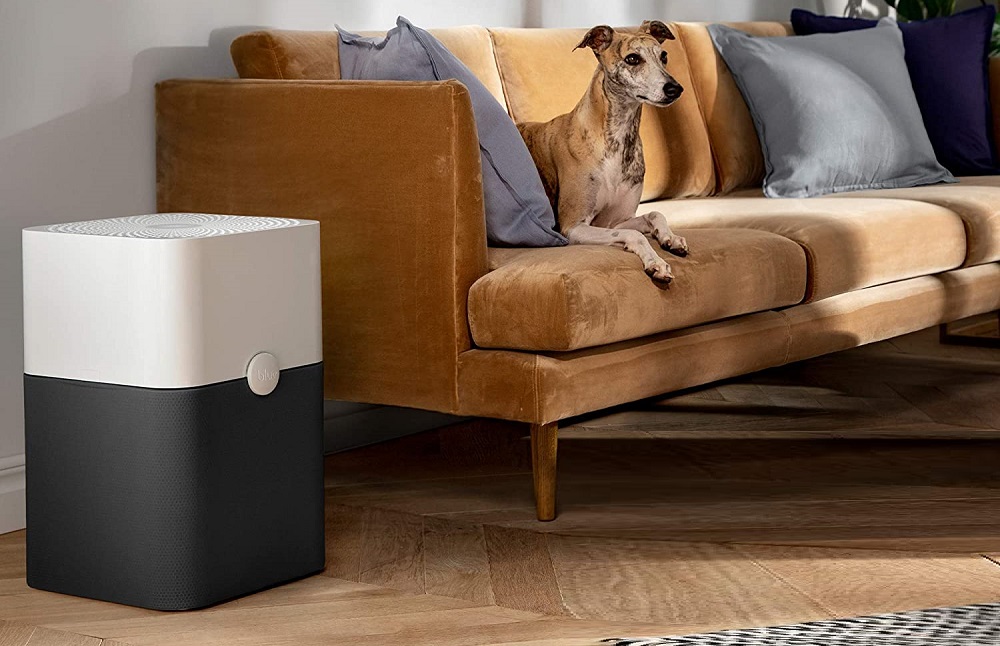
Blueair Air Purifier Buying Guide
Below, you’ll learn all about Blueair and air purifiers in general. Read on to find out which Blueair air purifier belongs in your home.
Why Blueair?
Blueair is approved by the Association of Home Appliance Manufacturers (AHAM) in terms of performance and Clean Air Delivery Rate (CADR). It cleans the air excellently while being energy-efficient and safe.
The company specializes in making residential-grade air purifiers that eliminate airborne particles and foul odors through extreme suction and multi-stage filtration. If there’s one brand of air purifiers you should definitely consider, it’s Blueair.
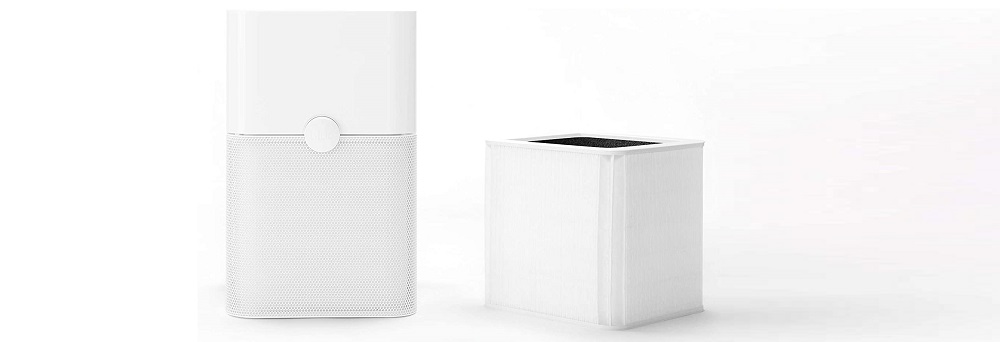
How Does an Air Purifier Work?
Air purifiers work by filtering unwanted particles from the air, such as dust, smoke, and pollen. Instead of adding particles into indoor air like diffusers and humidifiers, particles get stuck in super-fine-mesh filters without any change of escape.
Generally, the whole process starts by bringing in dirty air through an intake grill by using fans. As air passes through a layer of filters, the airborne contaminants are removed, upon which filtered air is distributed back into the room.
Pro Tip. Even though CADR ratings can be helpful in identifying the appliance’s efficiency at removing dust, pollen, and smoke, companies are not mandated to put their air purifiers through CADR testing. As long as the device comes with a True HEPA Filter, there’s very little reason to doubt its purifying performance.
Important Air Purifier Features
Air purifiers are a great investment for your home. If you are thinking to get one, here are key features you should consider before buying.
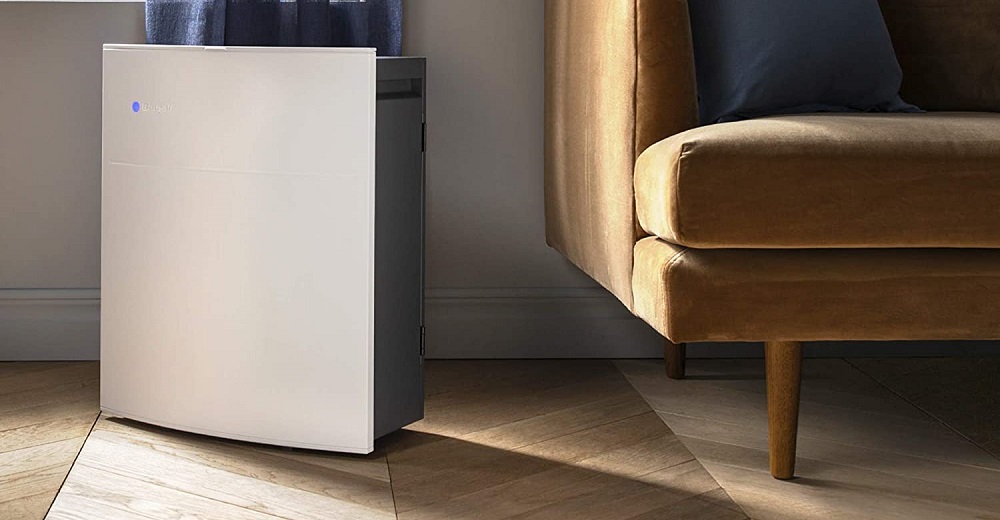
Purifying Rate
Take a close look at the purifying rate of the device (expressed in CFM or cubic-feet-per-minute). This figure denotes how efficiently it can clear the air in a room. A higher CFM rating means more air changes per hour (ACH).
Filtration Stages
You’ll want the air purifier to have several layers of filter—for example, a pre-filter, an activated carbon filter, a formaldehyde filter, and a True HEPA filter. With multi-stage filtration, the air is purified several times, and particles of all sizes are thoroughly removed.
Did You Know. Blueair’s air purifiers come with HepaSilent filtration to maximize airflow through True HEPA Filters without producing obnoxiously loud noises.
Customizable modes
The air purifier you choose needs to fit your lifestyle. Pick an air purifier that offers an ample range of modes to choose from, such as different levels of speed, important settings like child lock, night mode schedule, and auto-cleaning mode. This way, having the air purified in your home can just take place in the background safely as you do your day-to-day activities.
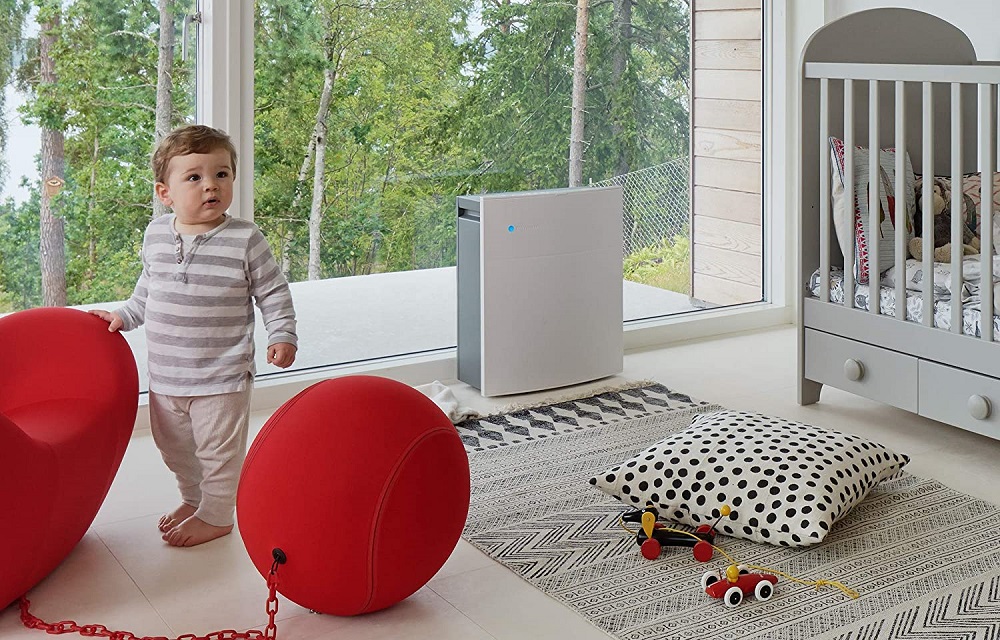
Low Noise Output
Purifying the air shouldn’t disrupt your home activities. Choose an air purifier that generates less noise, between 32 and 56 dB, without compromising performance. This is easily achievable by finding an air purifier model with a less-dense filter or smaller motor.
Did You Know. Some air purifiers come with virus “kill” chambers. These chambers use UV lights that destroy the proteins in a virus to render it impotent.
FAQ
To find the ideal CFM rate First, take the dimensions of your room in feet, multiply it by the number of air changes per hour (ACH), and divide it by 60 minutes. For instance, if your bedroom is 15L × 15W × 8H, and you want 6 ACH then the ideal purifying rate for your bedroom is 180 CFM.
The air can be filled with viruses among other unwanted matter. While air purifiers can trap them through the filters, their job stops here because the virus is just trapped and not killed. While this means your home air can be safer from viruses, air purifiers are not meant to be a substitute to important hygiene habits such as hand-washing and house-cleaning.
In general, it’s best to place air purifiers in the areas of your home where you or your family members spend the most time in. For example, if you spend most of your time in the living room, kitchen, and bedroom, you need 3 air purifiers, one for each area.
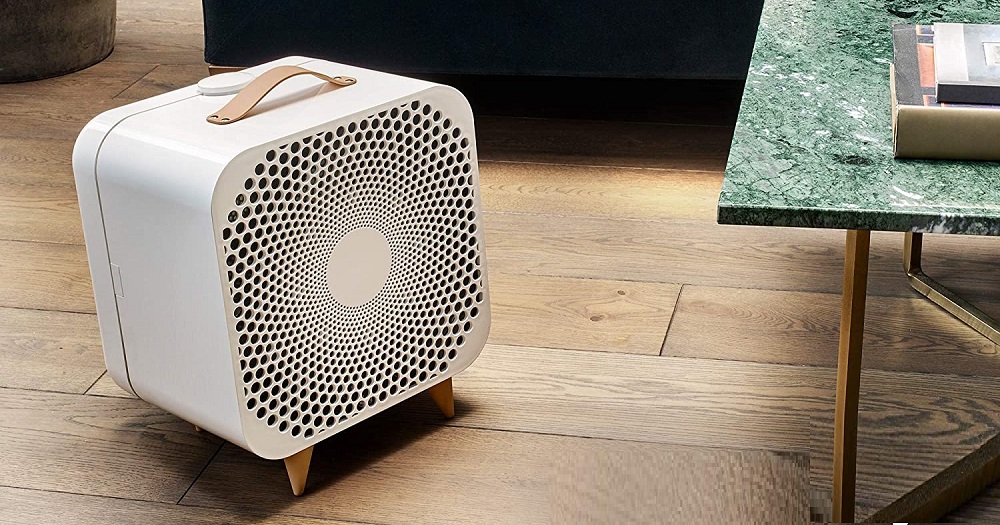
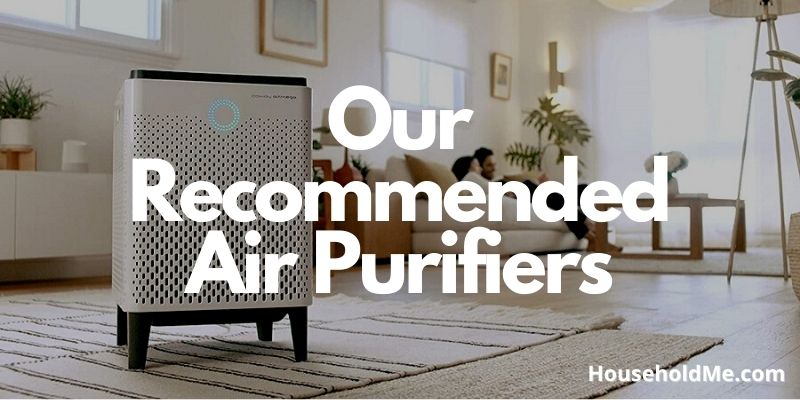
If you have any questions or comments, please add them below in the comment section. Similarly, please let us know if you spot any mistakes or omissions. Thanks!
